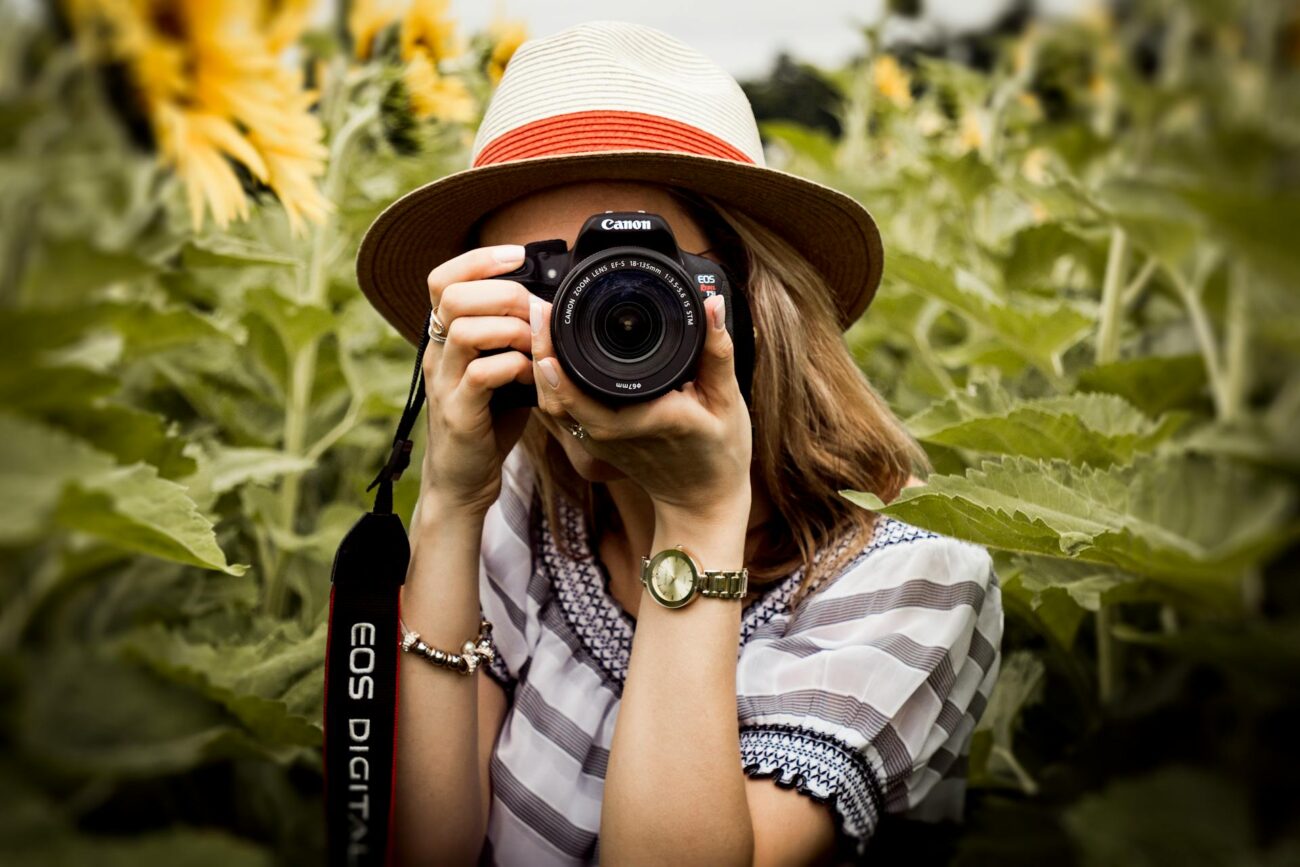Adventure photography combines two challenging pursuits: exploring remote locations and capturing stunning images. When venturing into the wilderness, every ounce matters, making lightweight gear selection crucial for both comfort and creative success. The perfect adventure photography kit balances weight considerations with photographic capabilities, ensuring you can capture breathtaking moments without being weighed down by excessive equipment. This guide will help you assemble an efficient, versatile photography kit that won’t break your back on your next outdoor excursion, whether you’re scaling mountains, hiking through forests, or paddling across lakes.
Understanding the Lightweight Photography Philosophy
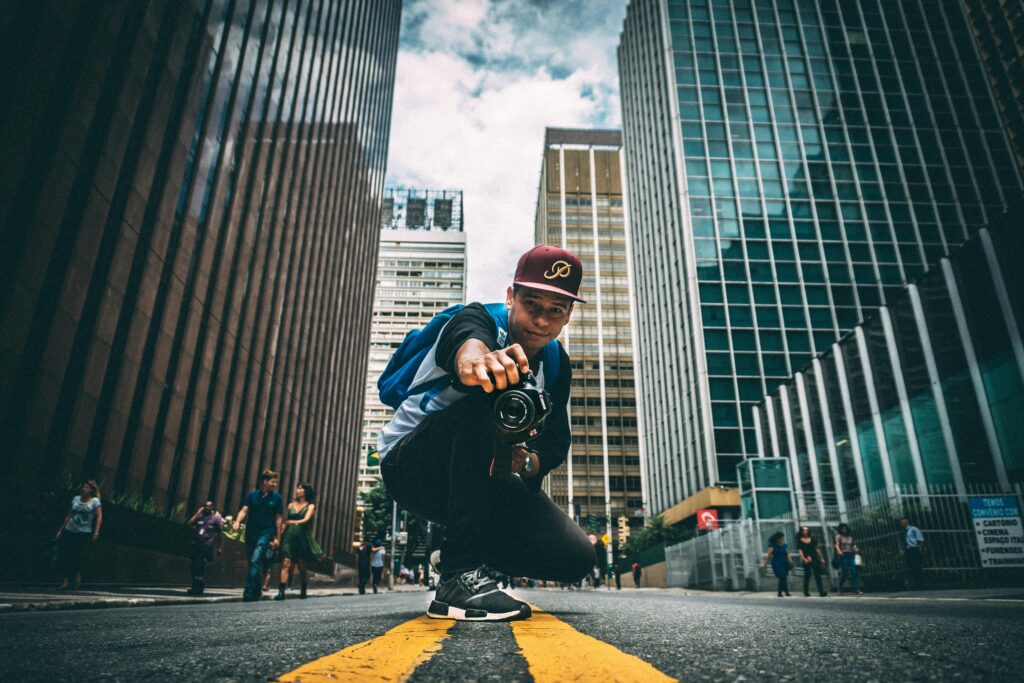
Lightweight adventure photography isn’t simply about buying the smallest gear available—it’s about adopting a mindset that prioritizes intentionality and efficiency. This approach requires photographers to carefully evaluate each item’s purpose, frequency of use, and weight-to-benefit ratio. Consider that traditional photography kits can easily exceed 20 pounds, creating significant physical strain during long treks or climbs. By embracing the lightweight philosophy, you’ll make deliberate choices about what truly matters for your creative vision rather than packing gear “just in case.” This mindset extends beyond equipment to include your approach to shooting, often leading to more thoughtful composition and a deeper connection with your surroundings.
Selecting the Perfect Camera Body

The foundation of your lightweight kit begins with choosing an appropriate camera body that balances performance with portability. Mirrorless cameras have revolutionized adventure photography by offering full-frame or APS-C image quality in significantly smaller packages than traditional DSLRs. Models like the Sony Alpha series, Fujifilm X series, or Nikon Z series provide excellent image quality while saving considerable weight and space. When selecting a camera, prioritize weather-sealing for protection against the elements, good battery life to reduce the number of spares needed, and in-body image stabilization which can help maintain image quality while using smaller, lighter lenses. Remember that the lightest camera won’t serve you well if it can’t withstand the environments you’ll be exploring or deliver the image quality you require.
Choosing Versatile Lenses

Lens selection represents one of the most significant opportunities to reduce weight while maintaining creative flexibility. Instead of packing multiple prime lenses, consider a high-quality zoom that covers multiple focal lengths—many manufacturers now offer lightweight options with excellent optical quality. A versatile 24-70mm equivalent can handle landscapes, environmental portraits, and detail shots, potentially serving as your only lens on shorter trips. For those requiring more range, a 16-35mm wide-angle zoom and a 70-200mm telephoto can cover most situations while keeping weight manageable. Evaluate the environments you’ll be photographing and prioritize accordingly—alpine photographers might emphasize wide-angle capabilities, while wildlife enthusiasts need telephoto reach. Remember that modern lenses often include effective image stabilization, allowing you to leave your tripod behind in many situations.
Essential Camera Accessories
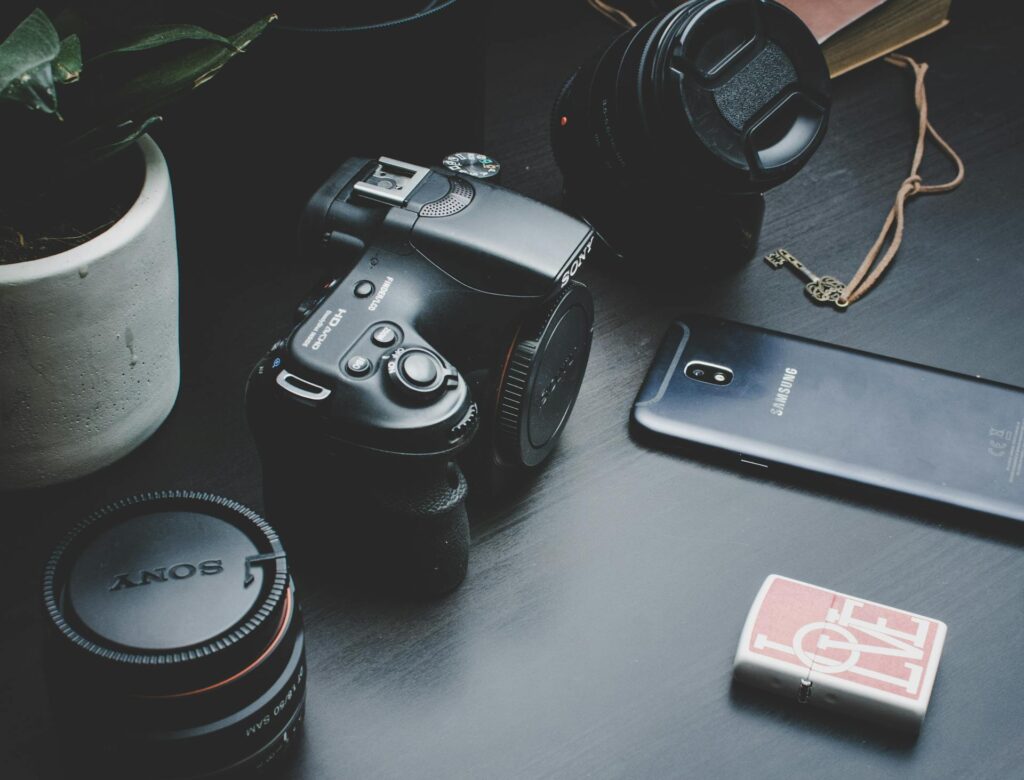
While minimizing accessories is key to lightweight adventure photography, certain items remain indispensable. Extra batteries are non-negotiable, but you can optimize by bringing only what you’ll need based on your camera’s efficiency and trip duration. Memory cards should follow the same principle—fewer high-capacity cards reduce weight compared to numerous smaller ones. A lightweight microfiber cloth protects your gear from moisture and dust without adding bulk. Consider a compact rain cover that folds into a tiny package for unexpected weather protection. One often-overlooked essential is a versatile camera strap system that distributes weight comfortably during long hikes while providing quick access for shooting—designs like the Peak Design Capture Clip allow you to secure your camera to your backpack strap, keeping it accessible without neck strain.
Tripod Considerations for Mobile Photographers
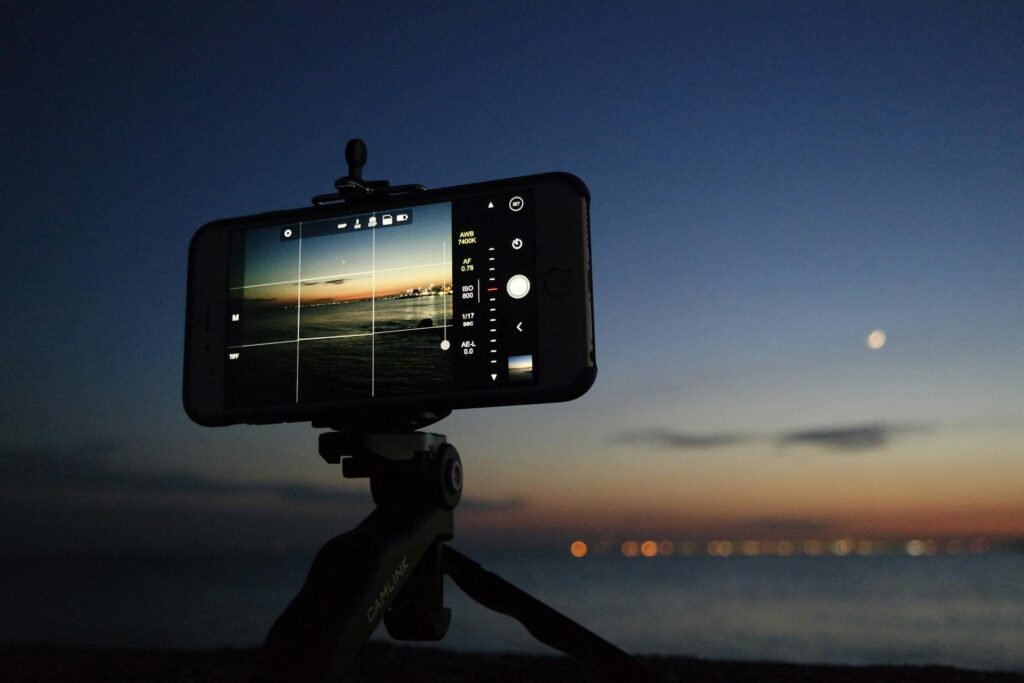
The tripod presents one of the most challenging decisions for adventure photographers, as traditional models add significant weight yet remain essential for certain shooting scenarios. Carbon fiber tripods offer the best strength-to-weight ratio, though at a higher price point than aluminum alternatives. For ultralight approaches, consider innovative solutions like the Platypod, a flat base plate that provides stability on various surfaces while weighing mere ounces. Hiking poles with removable camera mounts represent another creative solution, serving dual purposes during your adventure. When selecting a travel tripod, look beyond weight to consider packed size, stability in windy conditions, and ease of setup with cold or tired hands. Remember that a lightweight tripod that can’t adequately support your camera in real-world conditions ultimately adds useless weight to your pack.
Lighting and Filters for Minimal Weight
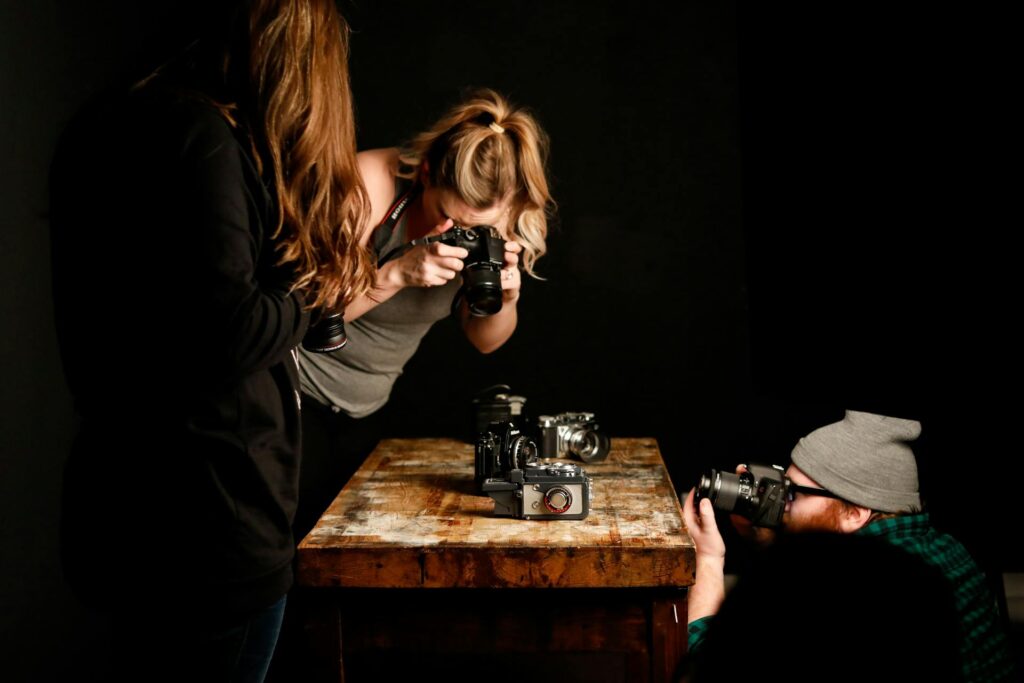
Traditional lighting equipment quickly adds bulk to a photography kit, but lightweight alternatives can dramatically enhance your images. A compact flash unit weighing under 10 ounces provides valuable fill light for portraits or close-up subjects without significant weight penalty. For softer light, consider a collapsible mini-reflector that folds into a pocket-sized package yet offers effective light control. Regarding filters, a quality circular polarizer remains invaluable for enhancing landscapes by managing reflections and improving color saturation, while a variable ND filter allows for creative long exposures. Rather than carrying multiple filters, invest in a single high-quality filter with a step-up ring system that fits all your lenses. This approach significantly reduces weight while maintaining creative control over challenging lighting conditions.
Power Solutions for Extended Trips

Power management becomes increasingly critical as trip duration extends, requiring strategic planning to keep your gear functioning. Modern lithium-ion battery packs offer impressive capacity-to-weight ratios, with 10,000mAh units weighing under 7 ounces while providing multiple camera battery charges. Solar charging solutions have also evolved significantly, with foldable panels that attach to your backpack and generate power while hiking. For maximum efficiency, research your camera’s USB charging capabilities—many newer models can charge directly via USB, eliminating the need for dedicated battery chargers. When selecting power solutions, consider temperature limitations, as extreme cold dramatically reduces battery performance. Storing batteries close to your body in cold conditions and using insulated battery pouches can significantly extend their usable life during winter adventures.
Protective Storage Solutions

Protecting your gear from the elements requires thoughtful storage solutions that don’t add unnecessary weight. Rather than traditional padded camera bags, consider using lightweight padded inserts or camera cubes that fit inside your existing hiking backpack. This approach maintains protection while leveraging the comfort and weight distribution of packs designed specifically for outdoor pursuits. Silicone-based weatherproof camera covers provide excellent protection during unexpected weather while weighing just a few ounces. For additional moisture protection, include silica gel packets in your camera storage compartments to absorb humidity. Lightweight dry bags offer valuable protection during water crossings or unexpected downpours, with ultralight models weighing under two ounces while providing complete waterproof protection for your most vulnerable equipment.
Ultralight Video Capabilities

Many adventure photographers also capture video content, which traditionally required additional equipment. Modern hybrid cameras now offer exceptional video capabilities without extra weight, making them ideal for lightweight adventure kits. To maximize video quality while minimizing weight, consider a compact variable neutral density filter that enables proper exposure control across changing light conditions. A lightweight smartphone gimbal provides stabilization for walkthrough footage or B-roll capture, often weighing under a pound while dramatically improving video quality. For audio, consider a compact directional microphone that mounts directly to your camera’s hot shoe, significantly enhancing sound quality without the bulk of traditional audio recording equipment. When planning video content, remember that additional batteries will be necessary as video recording typically consumes power much faster than still photography.
Digital Backup Strategies in the Field
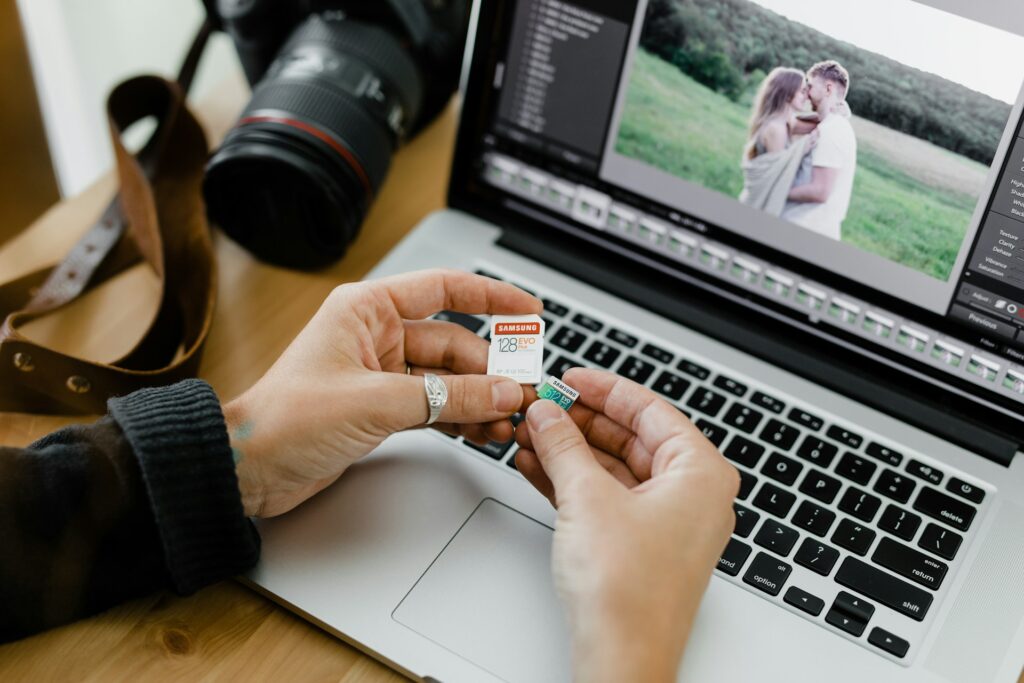
Protecting your images while traveling requires thoughtful digital backup solutions that balance security with weight considerations. Portable solid-state drives (SSDs) now offer remarkable storage capacity in incredibly lightweight packages, with 1TB options weighing under 2 ounces. Establishing a daily backup routine maintains image security without requiring excessive memory cards. For longer expeditions, consider cloud backup options when passing through areas with connectivity, uploading your most important images when possible. Some photographers employ a dual-card camera setup, recording images simultaneously to both cards for immediate redundancy without additional weight. Remember that environmental factors like extreme temperatures and humidity can affect digital storage devices, so store backups in protected, waterproof containers separated from your camera equipment.
Weather-Specific Considerations
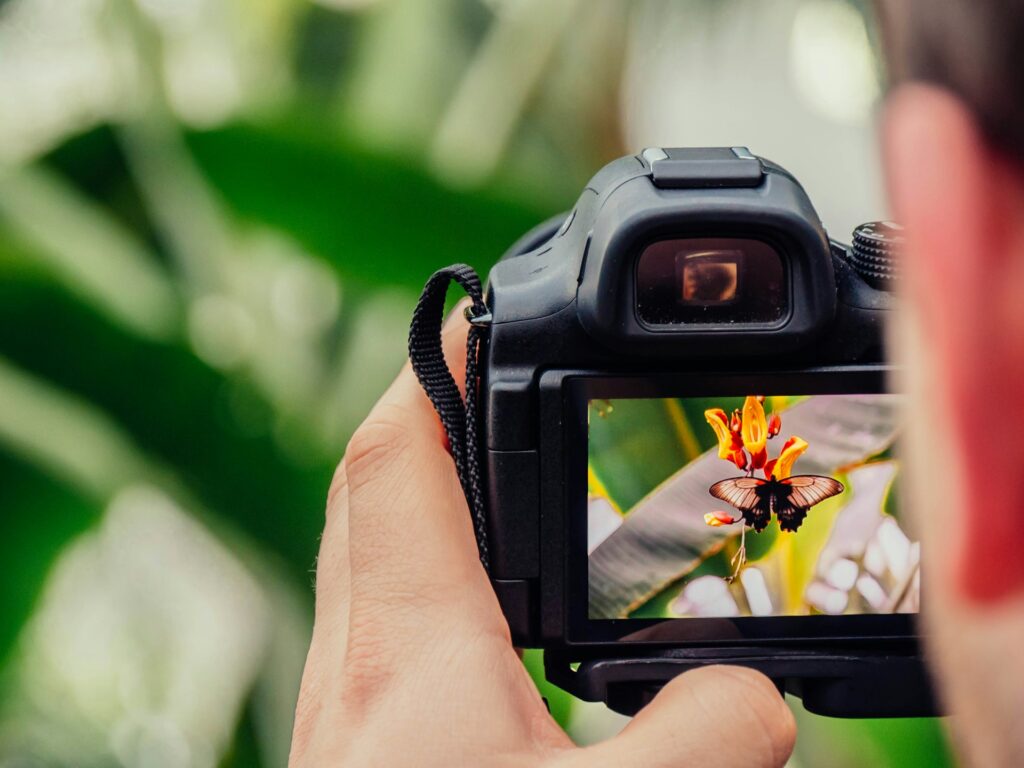
Different environments demand specialized approaches to lightweight photography, requiring adaptations to your core kit. In rainy environments, prioritize truly weather-sealed equipment and include silicone camera covers and lens cleaning cloths to manage moisture. Desert environments introduce sand and dust challenges, making lens-changing procedures crucial—consider changing lenses inside a clean bag to minimize sensor exposure. Cold environments dramatically impact battery performance, requiring additional batteries stored close to your body and insulated battery pouches. Humid tropical environments increase the risk of fungal growth on lenses and sensors, making silica gel packets and regular gear inspection essential parts of your routine. By anticipating these environmental challenges, you can make targeted additions to your kit that address specific needs without significantly increasing overall weight.
Clothing and Personal Items for Photographers

The most effective adventure photography kit extends beyond camera equipment to include clothing and personal items that support your creative process. Fingerless gloves or thin touchscreen-compatible gloves maintain dexterity for camera operation in cooler conditions without adding bulk. A lightweight headlamp with a red-light mode preserves night vision during astrophotography sessions while providing essential illumination for camp setup. Multi-functional clothing with abundant pockets reduces the need for additional storage solutions, with photography vests offering convenient access to small accessories. Remember that your personal comfort directly impacts your creative energy—lightweight insulating layers, sun protection, and proper footwear contribute significantly to your ability to remain patient and observant when photographic opportunities arise. These non-camera items often prove as valuable as your optical equipment in creating successful adventure photography.
Balancing Weight Savings with Creative Needs

The ultimate challenge in lightweight adventure photography lies in finding your personal balance between weight reduction and creative capability. This balance varies significantly based on your photographic style, physical capabilities, and specific adventure parameters. Begin by identifying your non-negotiable equipment—the gear absolutely essential to your creative vision—and build your kit around these foundations. Consider seasonal variations in your approach, perhaps carrying additional capabilities during shorter summer hikes when daylight hours extend shooting opportunities. Monitor your usage patterns during trips, noting which equipment remains unused to further refine your kit for future adventures. Remember that lightweight philosophy isn’t about deprivation but about intentionality—carrying precisely what you need to realize your creative vision without unnecessary physical burden that might actually diminish your photographic opportunities.
Conclusion

Adventure photography represents the beautiful intersection of outdoor exploration and creative expression, with a well-considered lightweight kit enabling both pursuits to flourish simultaneously. By thoughtfully selecting versatile equipment, embracing technological innovations, and continually refining your approach based on real-world experience, you’ll develop a personalized system that supports your creative vision without becoming a physical limitation. The rewards of this approach extend beyond weight savings—photographers often discover that equipment constraints actually enhance creativity, encouraging deeper observation and more intentional composition. As you prepare for your next photographic adventure, remember that the ultimate goal is not merely to capture images but to remain present and responsive to the remarkable environments you’re privileged to explore.

